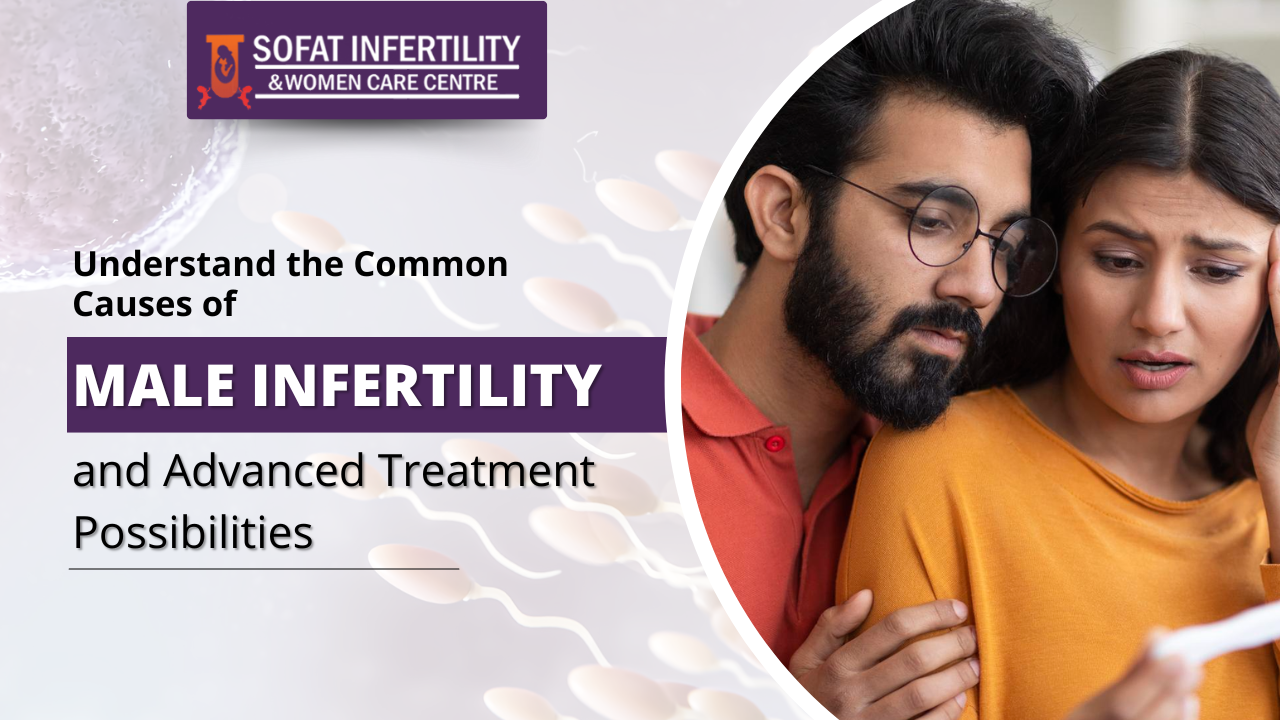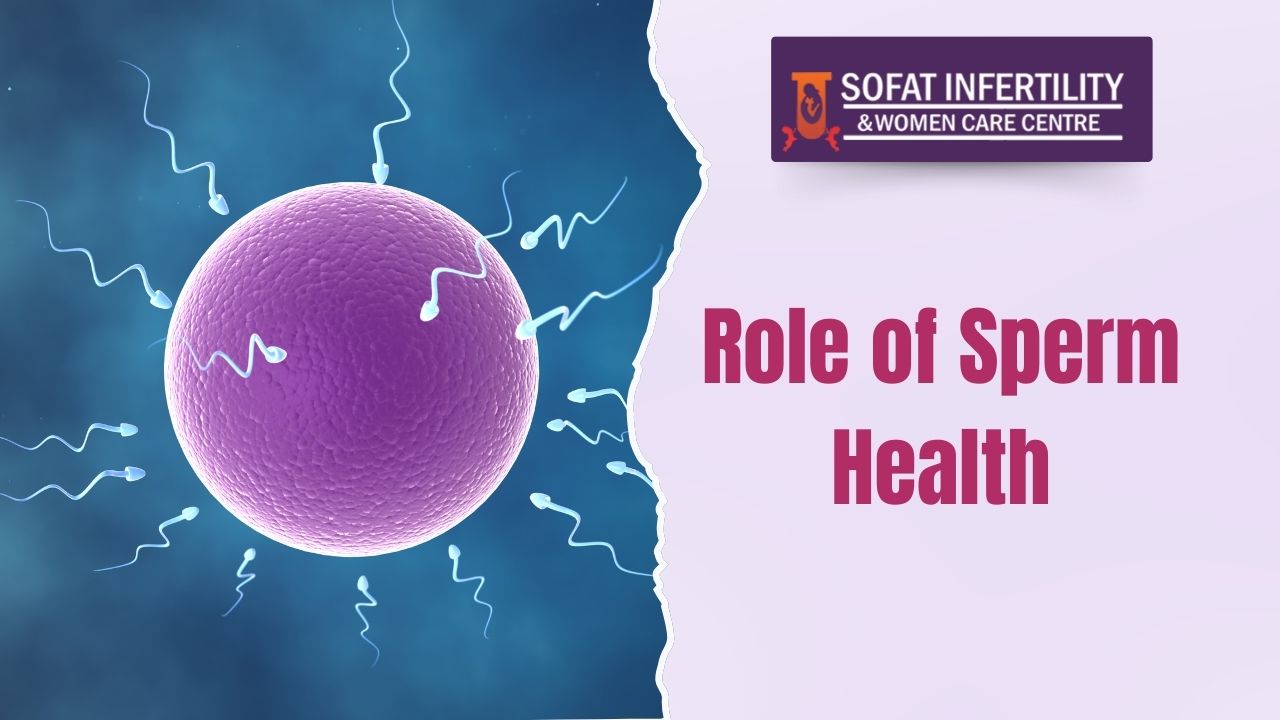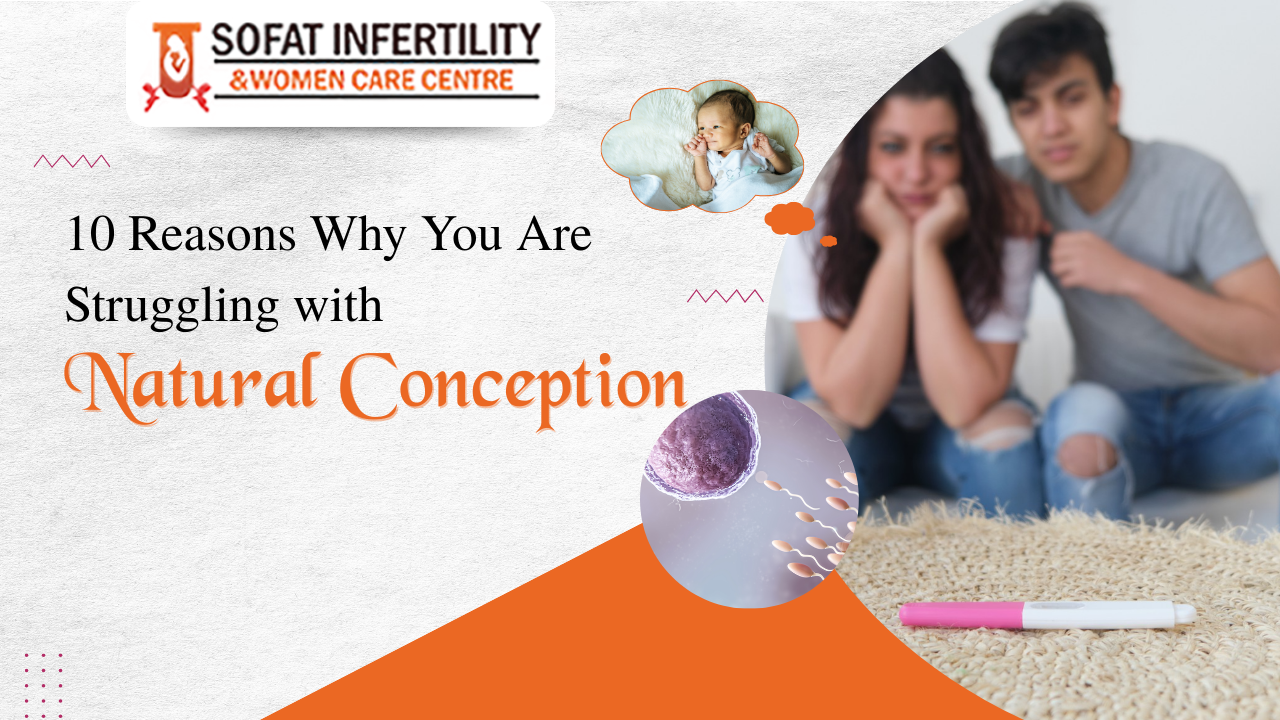![]()
Science has discovered a number of ways to help a woman achieve pregnancy. One of those advanced ways is Blastocyst transfer at the best IVF centre in Jammu, which enables a woman to conceive and begin the journey of parenthood.
Blastocyst refers to advanced embryos that have more chances of implantation than earlier-stage embryos. The embryos in their developing stage are allowed to grow without any interruptions for five days straight so they can reach the blastocyst stage of development.
Blastocyst transfer elevates the chances of pregnancy and, at the same time, reduces the risk of multiple pregnancies. The blastocyst transfer method used at an IVF centre in una is a highly advanced technological technique for reproduction that enables couples to enjoy parenthood.
What Is Blastocyst Transfer?
Blastocyst transfer is an advanced technology used as a solution to infertility problems. The method is categorised under the in vitro fertilisation (IVF) treatments that help to increase the chances of conceiving while reducing the risk of multiple pregnancies.
What Is Blastocyst?
Blastocyst is a term used for an embryo that is highly developed and ready for implantation at the uterine wall.
During a normal pregnancy, the egg is released by ovary follicles, which then move from the fallopian tube to be fertilised with the sperm. This process results in the production of any embryo, which begins at a single cell but later develops to an extent where it can attach itself to the line of uterine wall and begin the journey of pregnancy.
The development of the embryo includes one single-celled embryo dividing into multiple cells before it is ready for implantation. The stage of the embryo, which comprises multiple cells, is known as the Blastocyst stage.
The procedure of IVF is determined by many factors. The procedure recommended by the gynaecologist often proceeds after the woman undergoes Laparoscopy to ensure that there is no infection or disease resulting in infertility.
What Is The Significance Of Blastocysts In IVF?
One of the reasons why Blastocysts are important at the best IVF centre in Srinagar is because they reach a stage where the embryo genes are incorporated and activated for further development. This process is also known as “genomic activation”. Our genes are the chemical code that makes us unique, and when the embryo reaches this stage, it initiates the journey of pregnancy.
How Is Blastocyst Beneficial For Couples?
Before the embryos are transferred back into the uterus, they are grown for 2-3 days at an IVF centre in muktsar. They are developed to a stage where they have multiple cells and continue to develop inside the uterus for four to five days until they achieve the blastocyst stage, which means the embryos are ready for implantation.
There are certain guidelines for the process that explain the number of embryos that should be transferred at one time. As blastocysts have good chances of implantation and less risk of multiple pregnancies, only a few blastocysts are transferred at a time.
In most cases, only one good-quality Blastocyst is recommended to be transferred while the rest are frozen for future use.
Blastocyst transfer is a great way to ensure pregnancy while eliminating the risk of multiple pregnancies, such as triplets or quadruplets. With advanced IVF technology at an IVF centre in Punjab, couples can turn their dreams into reality and open a new chapter of their life that they were eagerly waiting for.







